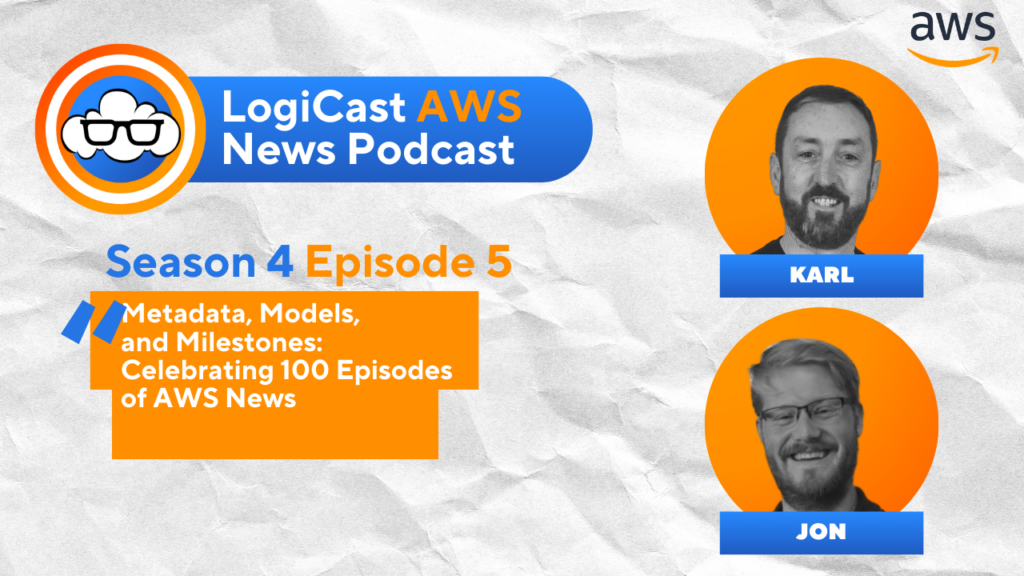Karl Robinson
January 3, 2020
Karl is CEO and Co-Founder of Logicata – he’s an AWS Community Builder in the Cloud Operations category, and AWS Certified to Solutions Architect Professional level. Knowledgeable, informal, and approachable, Karl has founded, grown, and sold internet and cloud-hosting companies.
Happy New Year! We all make New Year’s resolutions – lose weight, get fit, get a new job etc. What will yours be? If you are looking to reduce public cloud costs in 2020 then read on as Logicata may be able to help.
According to ‘The Cloud Infrastructure Report 2020’ published by Cloudcheckr, only 30% of businesses consider themselves to be managing, tracking and optimizing public cloud costs very well. This leaves a whopping 70% of businesses with cloud cost management challenges to solve. Some 40% of respondents are not managing public cloud usage at all, leaving huge amounts of potential savings on the table.

A CCoE Delivers Significant Benefits.
The report highlights that having a Cloud Center of Excellence (CCoE) delivers significant business benefits. A CCoE is a cross functional team responsible for developing and managing the cloud strategy, governance and best practises that the rest of the organization can leverage to transform their business using public cloud. The benefits of having a CCoE include:
- Better overall operational efficiency
- Improved governance
- Increased confidence in cloud security
- Increased accountability
- Easier auditing process
- Better understanding of cloud bills
- Accurately charging departments for their cloud use
Only 1% of respondents felt their CCoE delivered no benefit at all to their organization. Yet despite this, 15% of respondents still stated that they have no plans to build a CCoE function within their business. Whilst this number is down from 25% in 2017, it is still surprisingly high considering the benefits achieved by those with the function in place.
Another worrying statistic is the lack of visibility that the C-Suite has into Public Cloud Management. Only 25% of respondents felt that their C-Suite has adequate visibility into public cloud, with 11% of respondents stating that their C-Suite has no visibility at all, meaning that the C-Suite is not empowered to make effective decisions in relation to public cloud usage with their organization.
Cost, Security & Compliance are still slowing Cloud Adoption.
38% of respondents still feel that the cost/ROI of public cloud doesn’t make sense, which is forcing them to maintain on premises infrastructure. Additionally, 54% of respondents are still citing security and compliance concerns as reasons for not moving workloads to the public cloud. In 2020, there should be no reason to fear that public cloud hosted workloads are any less secure than their on premises counterparts. What is needed is good visibility into and management of the security of those public cloud workloads.
So if there are no plans to build a CCoE to help manage Public Cloud costs, what other options are available?

A Managed Service Provider could be the answer.
You can enlist the help of a public cloud managed service provider to assist with AWS Cost Management. There are many ways that public cloud costs can be reduced in Amazon Web Services and Microsoft Azure. You could leverage cloud native tooling provided by the cloud service providers. Or you invest in third party tooling, but in addition to the tooling costs you’ll need to consider who within your organization will be responsible for interpreting the output from the tooling – do you have staff with the capacity to do this? Are you burdening IT staff with financial management tasks?
You’ll also need to consider whether or not the mandate exists to act upon cost saving recommendations. It’s all very well having a tool to highlight potential savings and security challenges, but if you don’t have the organizational alignment to be able to act upon recommendations then you’ll actually end up worse off, as you’ll be paying for the tool and not realizing any benefits.
Sometimes having third party validation from a managed services provider can help to achieve that alignment. Your MSP can filter out the noise from the tools, and prepare an executive level report with only the key pieces of information required in order for you to achieve maximum business benefit.
It’s clear that public cloud management remains a priority for many organizations in 2020, and cost management remains a big part of that.





